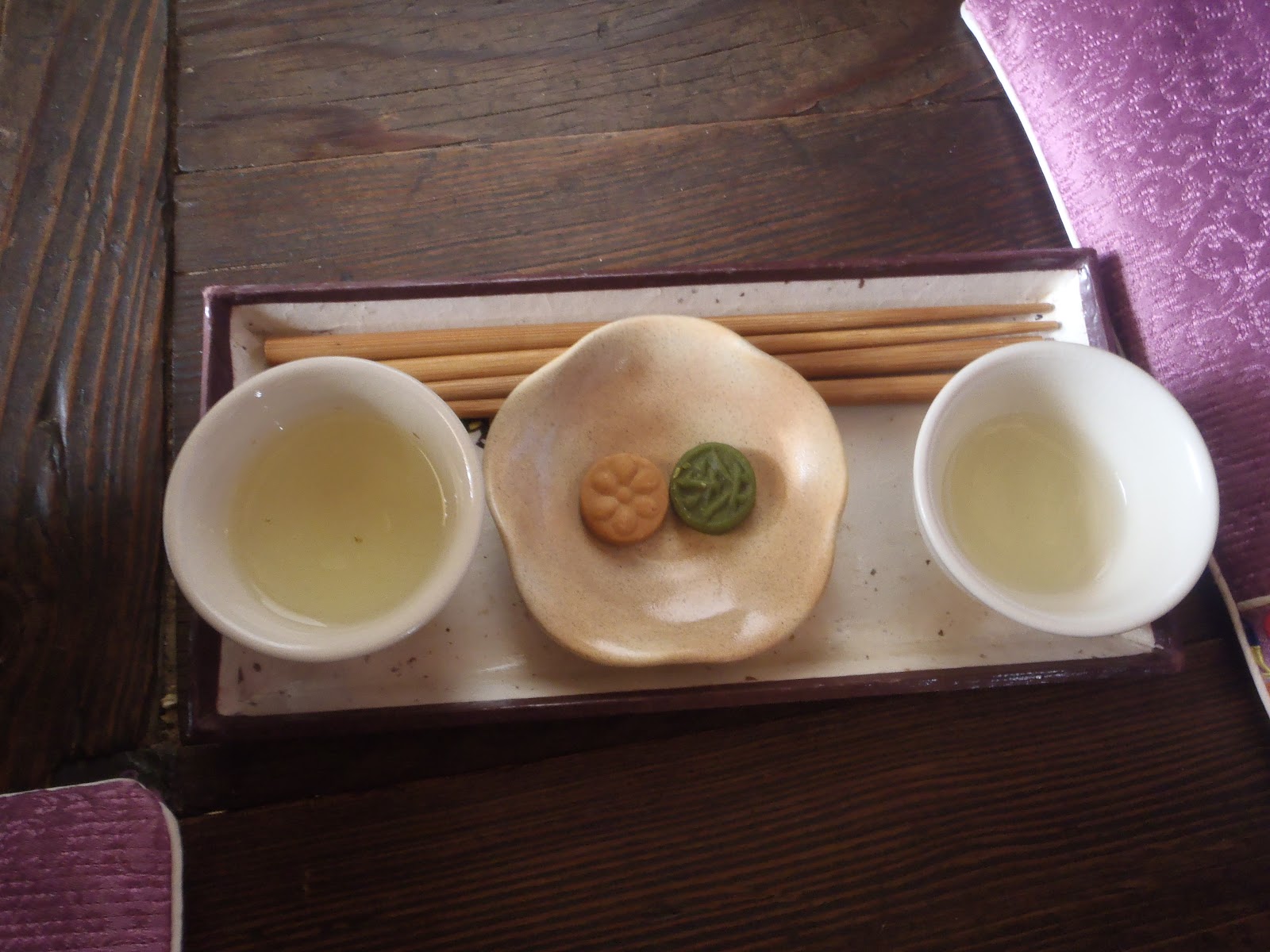This weekend I participated on another travel trip with my students. We ventured four hours south to Andong. I was really excited since I previously tried to visit Andong during the Mask Festival but was unable to because the bus to Andong was sold out. Andong is famous because it is home to Hahoe Village, which is a still-used traditional village. Many of the other 'traditional villages' you can visit are no longer have permanent residents or were created just for tourism. Hahoe Village has been home to Koreans for 600 years. The village is also extremely famous because of the Mask Dance. The Mask Dance was passed down for a very long time and Hahoe known for preserving the authenticity of the dance.
During my time in Hahoe Village I was able to submerse myself in Korean culture. South Korea has such a rich history that is so different from America. In the United States we consider things old when they are from the Revolutionary Period but in Korea there are traditions, customs, buildings and artifacts dating back over half a century, sometimes even more. It was also really neat to visit Hahoe Village because people still lived there. When we were touring the area we were often reminded to be quiet or walked past signs, specifying which areas were off limits because they were used for residence. We were even given several brief presentations by residents of the village. One of the presentations was on preparing and serving tea. It was a really complicated process, and although it's often not practiced anymore, bits of the practice are visible in modern Korean culture. For example, whenever you are dining with Koreans the youngest person is supposed to pour drinks for everyone beginning with the eldest person.
 |
| My tea |
We were also able to slept
in 한옥 (hanok), which is a traditional Korean house. This means we all slept on the floor and didn't have traditional heating. Instead our floor was heated by the placement of hot rocks underneath the rooms. This underfloor heating system is called ondol and Koreans are very, very proud of inventing it. The bathrooms were also located outside of the bedrooms. Additionally, the bedrooms were along the perimeter of a rectangular courtyard and the room the students slept in had a straw roof instead of the tiled roof, called kiwa. The different roofs designated whether the room was for the family or the servants.

During the trip we also enjoyed some wonderful fall scenery. The leaves were absolutely stunning. I also was able to learn some of the traditional mask dance although it was pretty hard to master. My students and I all had a great time. I'm a little disappointed I only have one more trip left with the Hwacheon County Office. It has been such a pleasure to travel with my students and has really helped me in the classroom. I feel a lot closer to the students I travel with and many times they feel more obligated to behave well and participate in class. Hopefully, after the trips end I will create a new way to reach out to my students outside of class.
 |
| Hyeongju, Seunghyoon and me in front of the 600 year old tree . You can tie wishes to the tree. |
 |
| Two of my fifth grade boys, Dongsu and He-in |
 |
| On a cliff overlooking Hahoe Village |





No comments:
Post a Comment